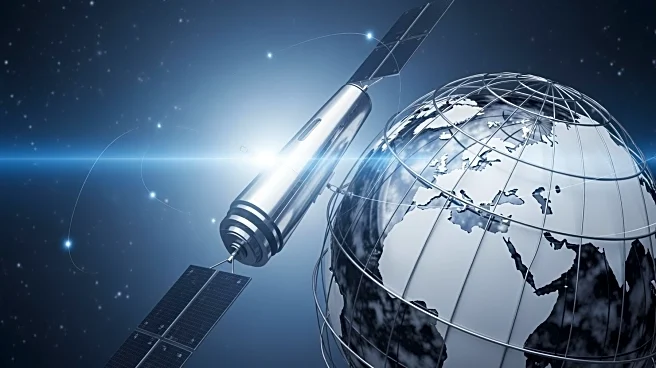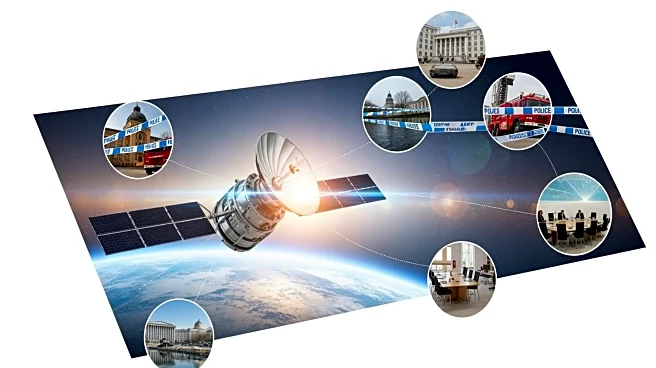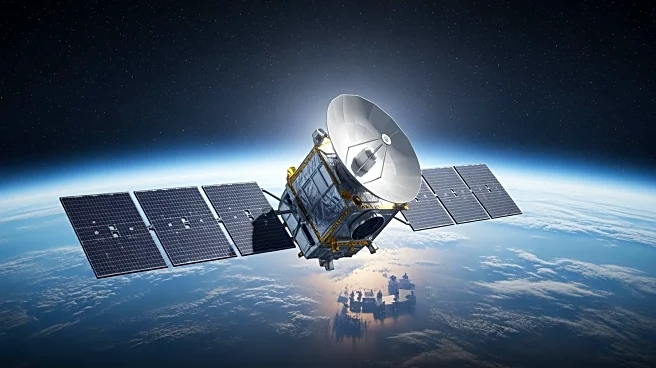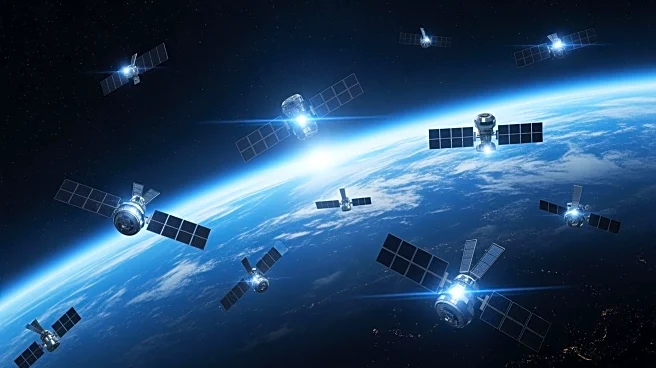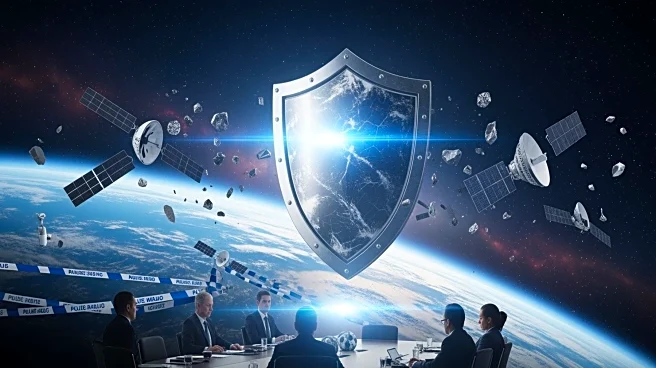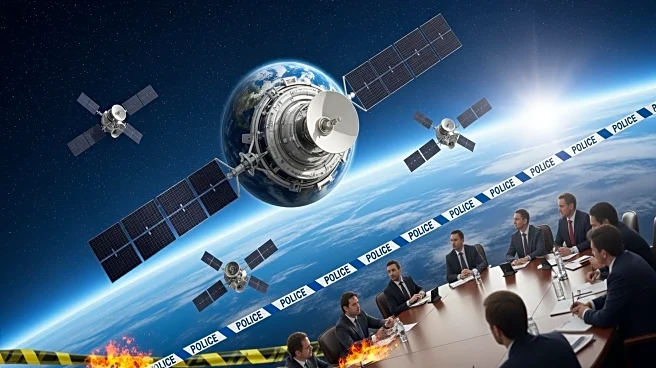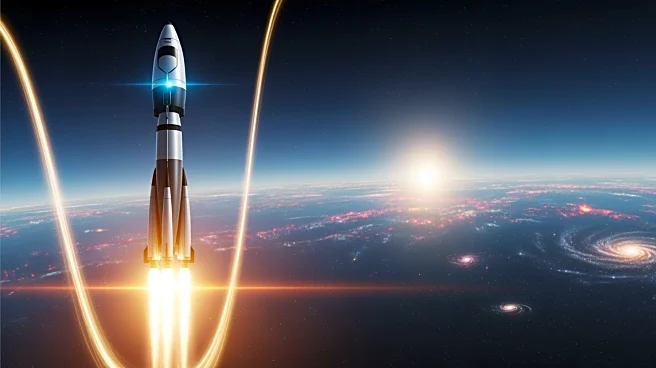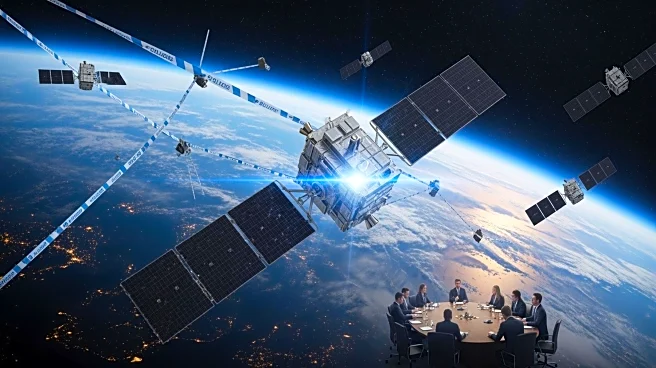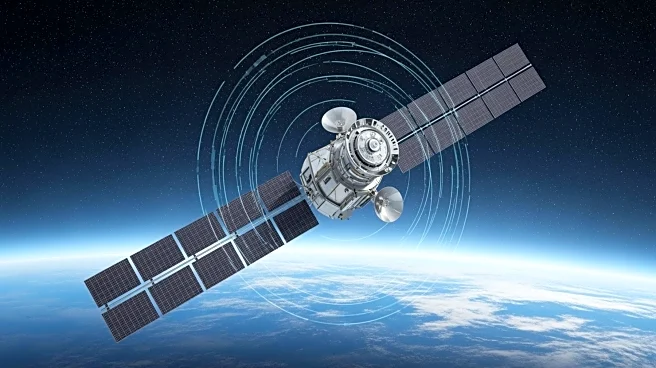What's Happening?
SpaceX successfully launched its 550th Falcon 9 mission, deploying 28 Starlink satellites to enhance its broadband internet constellation. The launch took place from pad 4E at Vandenberg Space Force Base
in California at 7:16 a.m. PDT. The Falcon 9 booster, identified as B1075, completed its 21st flight and achieved an autonomous landing on the SpaceX drone ship 'Of Course I Still Love You' in the Pacific Ocean. This marks the 159th landing on this vessel and the 522nd booster landing overall. The deployment of the 28 Starlink V2 Mini satellites occurred approximately an hour after liftoff, contributing to SpaceX's growing network of satellites in low Earth orbit. The company has launched over 10,000 Starlink satellites, with more than 8,600 currently operational.
Why It's Important?
The expansion of SpaceX's Starlink constellation is significant for global internet connectivity, particularly in underserved and remote areas. By increasing the number of satellites in orbit, SpaceX aims to provide faster and more reliable internet services worldwide. This development is crucial for bridging the digital divide, offering high-speed internet access to regions lacking traditional infrastructure. The successful landing of the Falcon 9 booster also underscores SpaceX's advancements in reusable rocket technology, which reduces costs and increases the frequency of launches. The continued growth of the Starlink network has implications for telecommunications, global connectivity, and the future of internet services.
What's Next?
SpaceX is expected to continue its aggressive launch schedule to further expand the Starlink network. Future missions will likely focus on deploying additional satellites to enhance coverage and improve service quality. As the constellation grows, SpaceX may face regulatory challenges and competition from other satellite internet providers. The company will need to address concerns related to space debris and orbital congestion. Additionally, SpaceX's advancements in reusable rocket technology may lead to more frequent and cost-effective launches, potentially revolutionizing the space industry.
Beyond the Headlines
The expansion of satellite internet services like Starlink raises ethical and environmental considerations. The increasing number of satellites in orbit contributes to space debris, posing risks to other space missions and the long-term sustainability of space activities. Furthermore, the global reach of satellite internet services may impact local internet providers and economies, prompting discussions on fair competition and market dynamics. As satellite internet becomes more prevalent, it may also influence cultural and social interactions by providing access to information and communication technologies in previously isolated regions.
